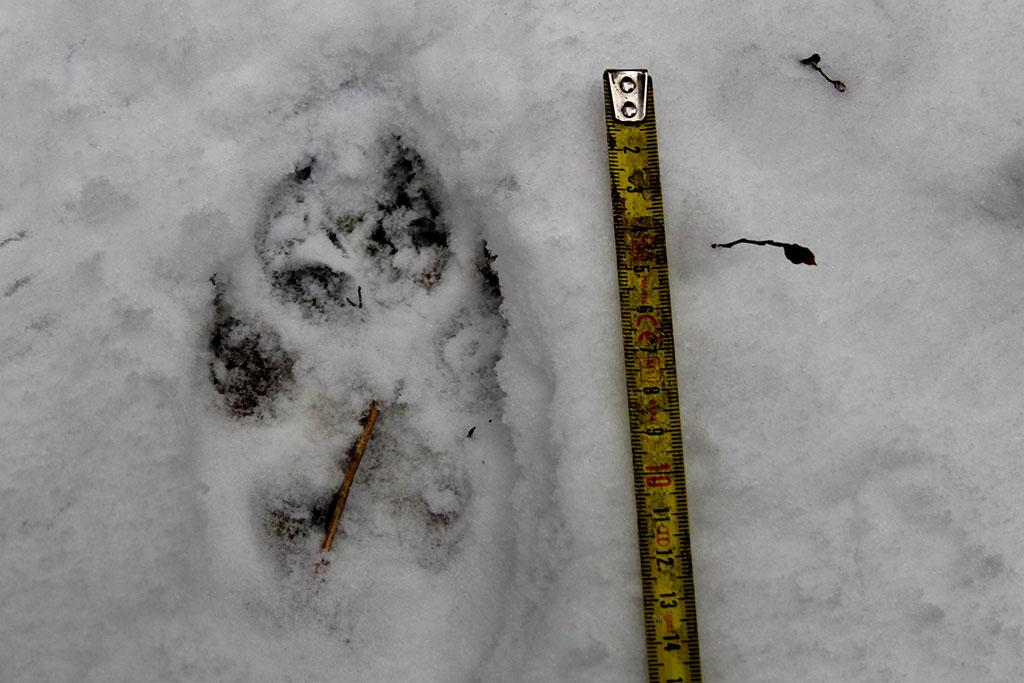 Asset Publisher
Asset Publisher
Forest Protection
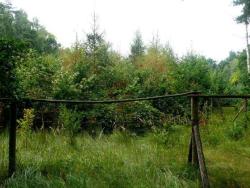 Jednym ze sposobów zabezpieczenia upraw leśnych przed zwierzyną jest grodzenie. Fot. Jerzy Wilanowski
Jednym ze sposobów zabezpieczenia upraw leśnych przed zwierzyną jest grodzenie. Fot. Jerzy Wilanowski
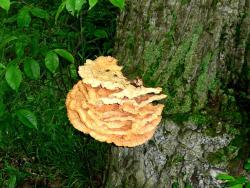 Żółciak siarkowy. Fot Jerzy Wilanowski
Żółciak siarkowy. Fot Jerzy Wilanowski
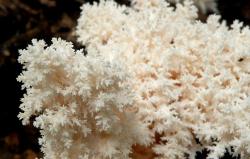 Soplówka. Fot. Jerzy Wilanowski
Soplówka. Fot. Jerzy Wilanowski
 Nadleśnictwo Szprotawa posiada opracowany „Sposób postępowania na wypadek powstawania pożaru lasu". Fot. Jerzy Wilanowski
Nadleśnictwo Szprotawa posiada opracowany „Sposób postępowania na wypadek powstawania pożaru lasu". Fot. Jerzy Wilanowski
Knowledge of natural processes occurring in the environment and controlling the condition of the forest enable foresters to diagnose any hazards that can have negative impact on the forest in advance. Every year efforts are made to protect sustainability of the forest and improve its natural resistance to harmful factors.
Biotic damage is caused by appearance of insects that feed on leaves or weakened trees on a large scale.
Large Pine Weevil is a common crop pest. The species does not pose great hazard but classic traps are distributed for control from time to time.
Secondary pests found in Szprotawa Forest District are: Steelblue Jewel Beetle (hazard is verified with the use of trap trees), Agrilus biguttatus or European spruce bark beetle.
Other biotic factors also include pathogen fungi causing damage in forest crops and young tree stands. They include mainly Armillaria fungi and Heterobasidion annonsum.
To prevent damage caused by wild animals foresters employ a wide range of protective methods – fencing, shields and repellents.
Szprotawa Forest District has been qualified for 1st level of fire hazard. Sadly foresters still encounter cases of mindless behaviour such as burning of grass or even intentional forest arson.
Forest District has its own "Emergency procedure for forest fires" updated every year. The document includes procedures applicable for Inspectorate staff to be followed in case of fire and determines methods of cooperation with units of the State Fire Service.
Educational activities focused on the local youth include meetings and competitions on rules of fire protection in forests.
Litter dumped in forests is another serious problem. Foresters also report individual cases of poaching and theft of timber for fuel.
 Asset Publisher
Asset Publisher
 Asset Publisher
Asset Publisher
Wilk w Lasach Nadleśnictwa Szprotawa
Wilk w Lasach Nadleśnictwa Szprotawa
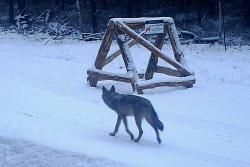 Wilk w lasach Nadleśnictwa Szprotawa. Fot. monitoring leśny
Wilk w lasach Nadleśnictwa Szprotawa. Fot. monitoring leśny
 Wilk w lasach Nadleśnictwa Szprotawa. Fot. monitoring leśny
Wilk w lasach Nadleśnictwa Szprotawa. Fot. monitoring leśny
W ostatnim czasie nasz monitoring zarejestrował wilka, przechadzającego się leśnymi ścieżkami.
Zwierze zostało zarejestrowane kamerą leśną dnia 23 stycznia o godzinie 9.14 w okolicach wsi Szprotawka. Był to jednak nie pierwszy incydent pojawienia się go w naszych lasach - wilka spotyka się tutaj bowiem coraz częściej.
Świadczą o nim głównie ślady pozostawione na śniegu przez tego groźnego osobnika, charakteryzujące się sporym rozmiarem odcisku łapy z wyraźnie odznaczonymi pazurami.
Wilki to jedne z najrzadziej występujących drapieżników w Polsce, podlegające ścisłej ochronie. Zwierzęta te żywią się przede wszystkim ssakami kopytnymi, takimi jak: jelenie, sarny czy dziki, nie gardząc jednak również padliną czy znacznie mniejszymi zwierzętami. Zdarza się, że przy niewielkiej ilości pożywienia mogą zaatakować także zwierzęta hodowlane.



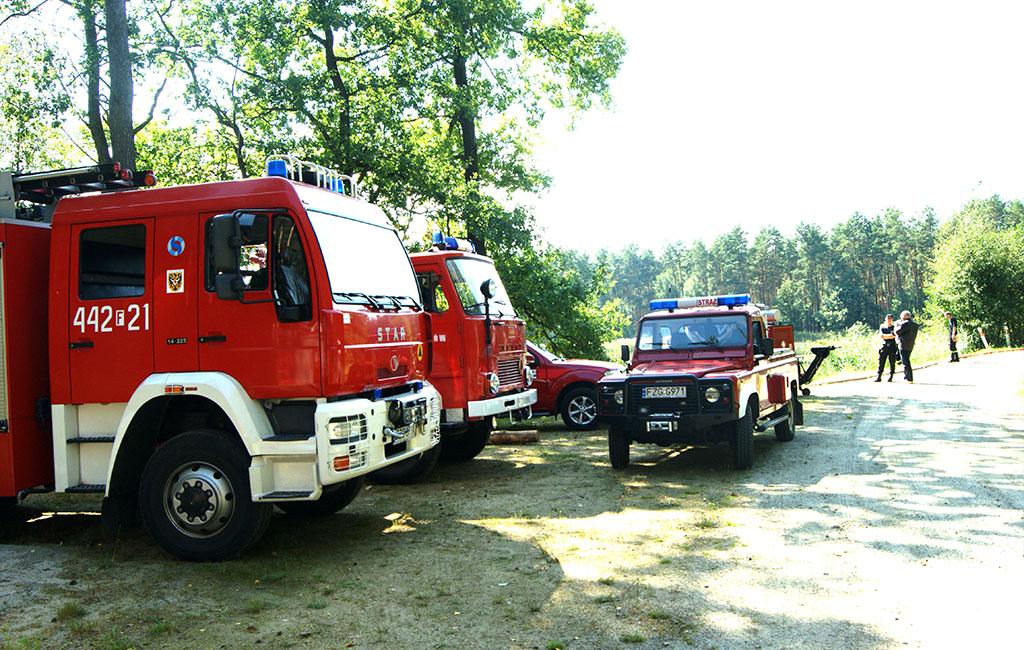




![„Naplotkowała sosna, że już się zbliża wiosna.[…] A wiosna przyszło pieszo - Już kwiaty z nią się śpieszą, Już trawy przed nią rosną I szumią: „Witaj wiosno!”. Jan Brzechwa - Przyjście Wiosny](/documents/1226291/0/Wiosna+1.jpg/8e6d02a0-5ffe-d486-49c3-5fac2b3b23c1?t=1711109156614&width=42)

